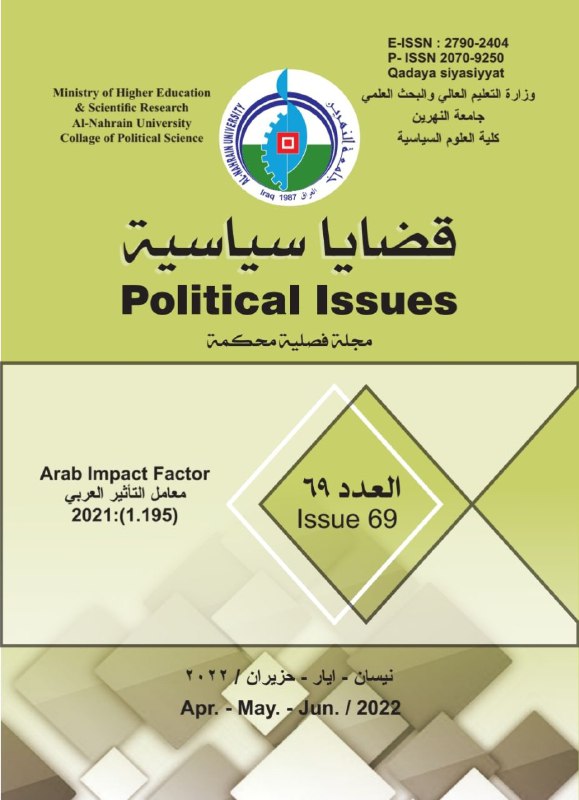The impact of nuclear capabilities on enhancing strategic stability )USA and Russian Federation model(
DOI:
https://doi.org/10.58298/202291Keywords:
strategic stability, nuclear capabilities, the United States of America, the Russian FederationAbstract
Strategic stability is considered one of the utmost strategic factors that governs the frameworks of the strategic relations between the United States and Russia. Both sides have destructionist nuclear capabilities that disincentivize either of them from initiating the first nuclear strike, which would be met by a second nuclear strike, leading to mutually assured destruction, where neither side would prevail. Therefore, both those nuclear powers have sought since the emergence of strategic stability as a concept during the cold war and up to this day to enhance and maintain this stability through a set of strategic treaties and agreements. Those agreements along with the reduction of the nuclear stockpiles have helped in maintaining the strategic stability despite the occasional crises and confrontations, especially the Ukrainian crisis in February 2022, in which Russia limited its response to the threat of using nuclear weapons. This threat is not similar to the real use of nuclear weapons, which risks the destruction of both countries. Thus, as strategic stability was effective and important in the past, it must continue to be so in the future, because the absence of such stability means walking down the path of mutual destruction and the destabilization of global peace. This indicates the nexus between nuclear capabilities and entrenchment of strategic stability.

Downloads
Published
Issue
Section
License
This is an Open Access article distributed under the terms of the creative commons attribution (CC BY) 4.0 international license which permits unrestricted use, distribution, and reproduction in any medium or format, and to alter, transform, or build upon the material, including for commercial use, providing the original author is credited.





